
Models of Lijian carrier rockets are on display on the sidelines of the Guangdong Provincial High-quality Development Conference in Shenzhen on Sunday. (CHEN CHUHONG/CHINA NEWS SERVICE)
Researchers are freed from administrative work and are able to focus fully on innovation, she said, adding that Shenzhen Bay Laboratory and the newly built Shenzhen Medical Academy of Research and Translation have attracted over 70 people with high-end talents to work in and lead the labs.
"I feel so lucky that I'm a builder, not a bystander, in the rapid development of the Guangdong-Hong Kong-Macao Greater Bay Area," Yan said.
Huang said innovative enterprises form the basis of innovation in industrial technology in Guangdong, calling for full support to enterprises to allow them to be protagonists of innovation. He also urged efforts to promote the concentration of innovation resources in high-quality enterprises, and called on government, industry and academia to work together to overcome technological bottlenecks.
"The province will launch a number of major new scientific research projects this year," he said. "It will push forward with technological transformation in 9,000 industrial enterprises and digital transformation in 9,200 major industrial enterprises."
Guangdong is home to more than 18 million business entities and over 75,000 high-tech enterprises. The province's GDP hit 13 trillion yuan ($1.8 trillion) last year, up 4.8 percent year-on-year.
"Without the strong support of Guangdong and Shenzhen, there would be no BYD today," said Wang Chuanfu, the chairman and president of the Shenzhen-based electric carmaker.
It sold more than 3 million new energy vehicles last year, an increase of more than 60 percent, and ranked first in global new energy vehicle sales.
That achievement stemmed from Guangdong's commitment to the manufacturing industry, the accelerated development of new productivity boosters and high-quality development, Wang said.









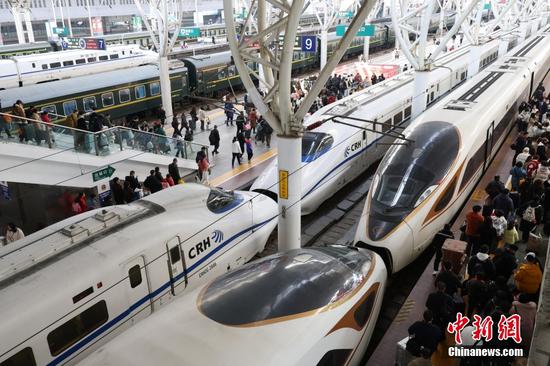
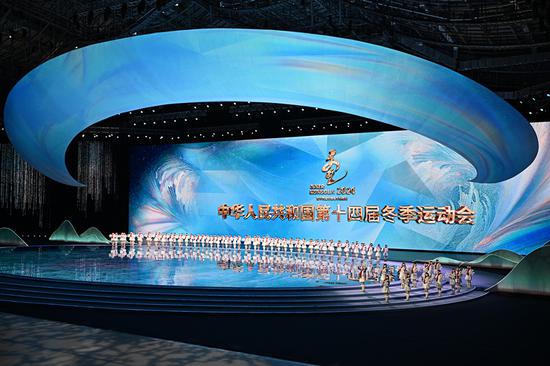



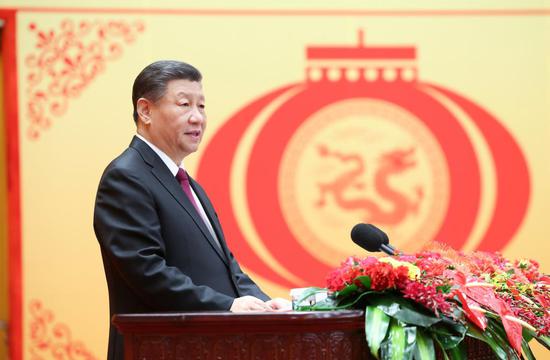

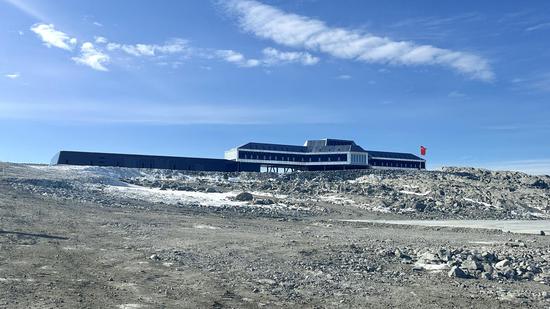
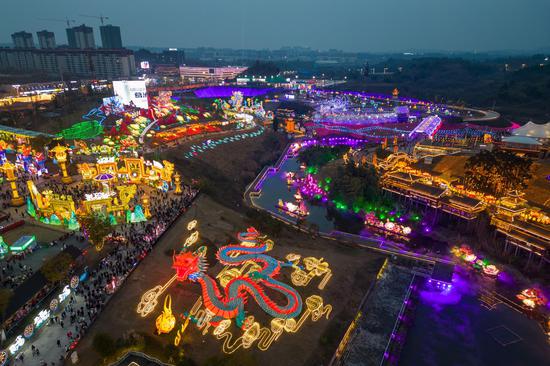

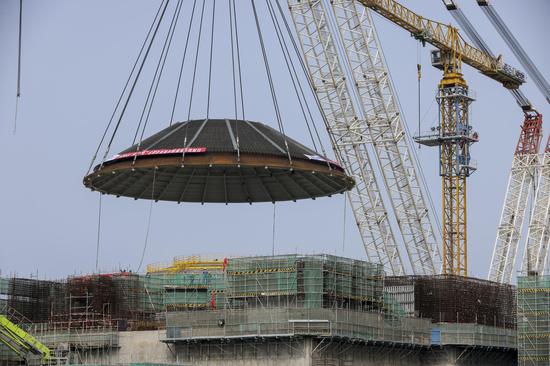






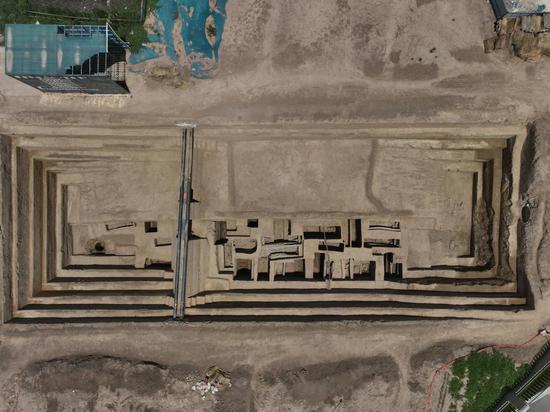
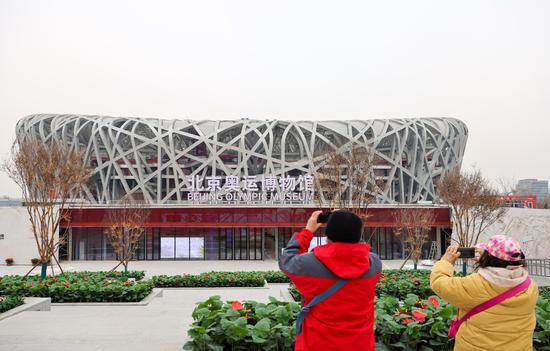


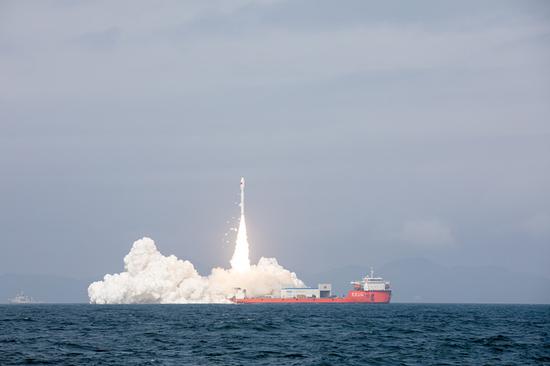






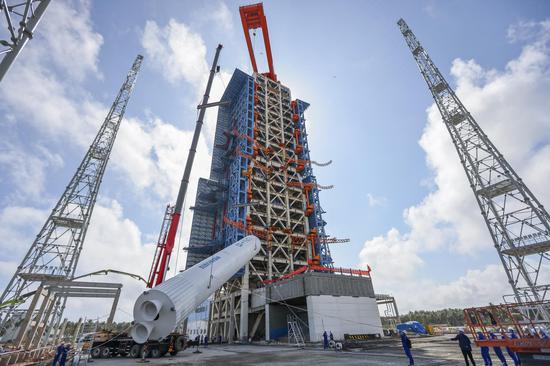












 京公网安备 11010202009201号
京公网安备 11010202009201号